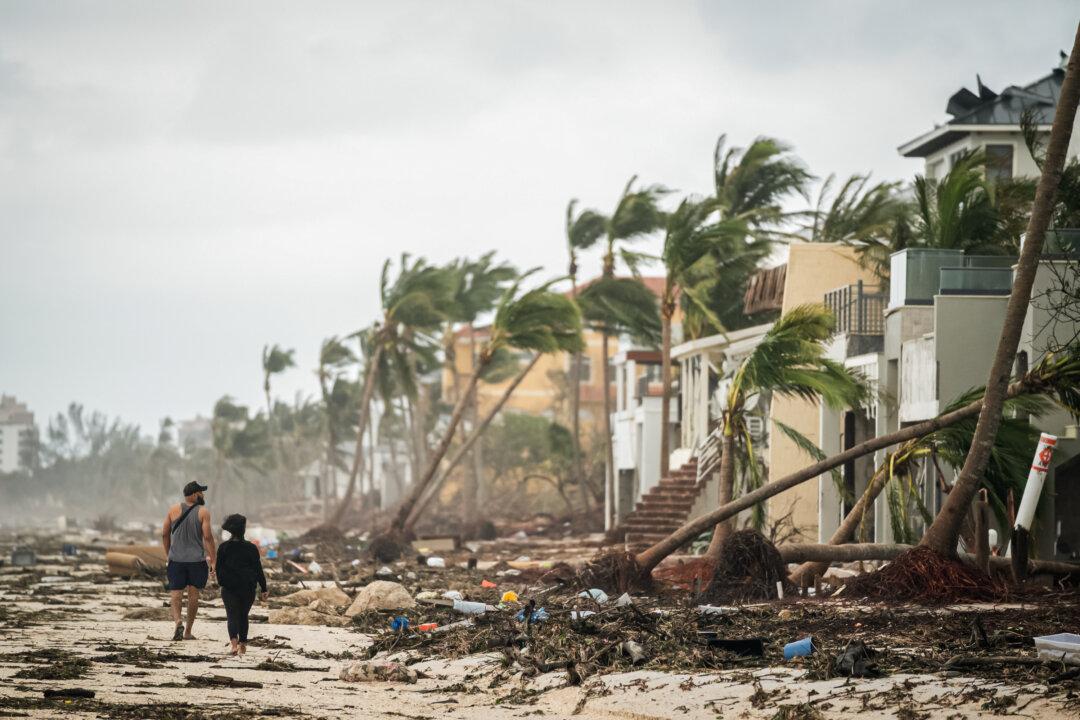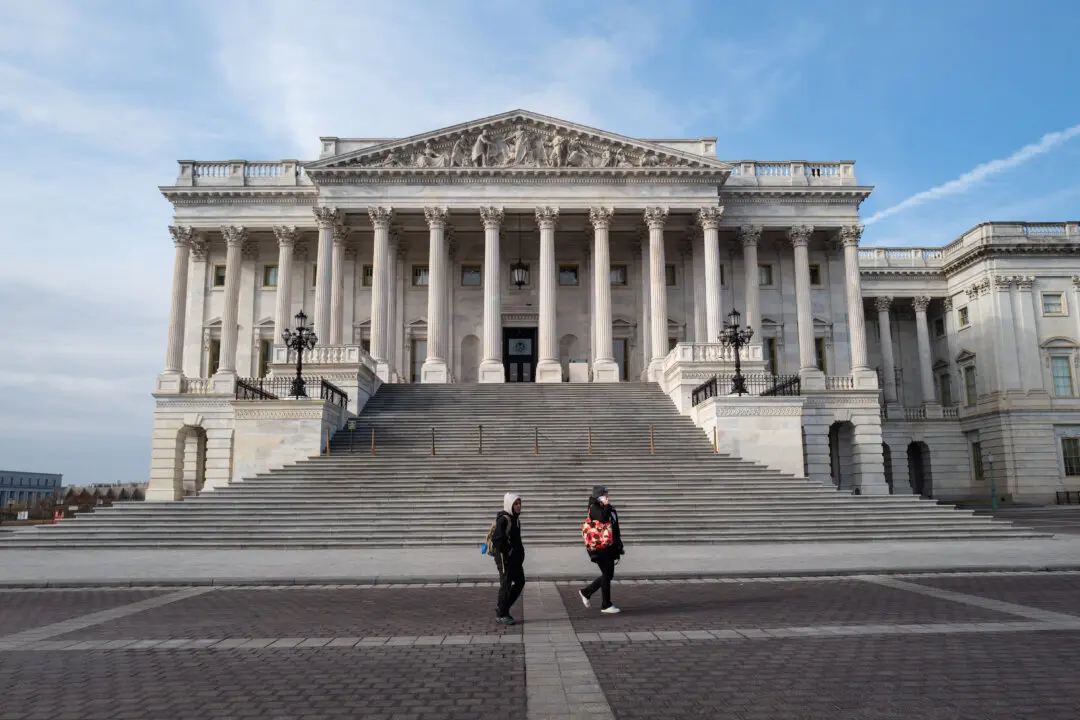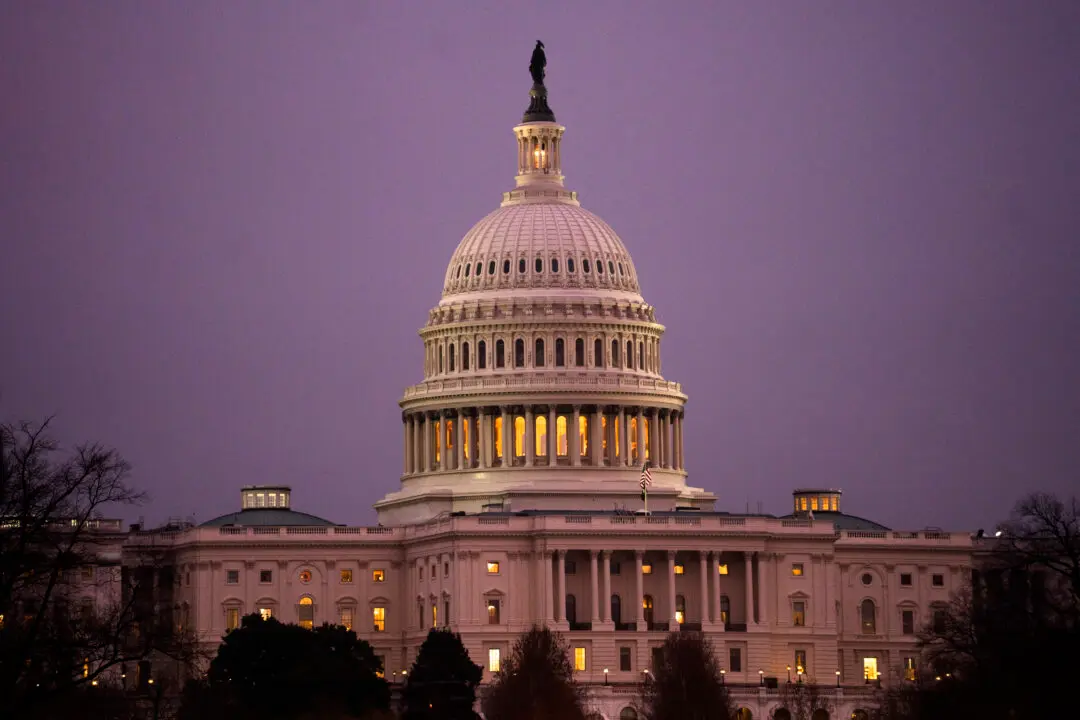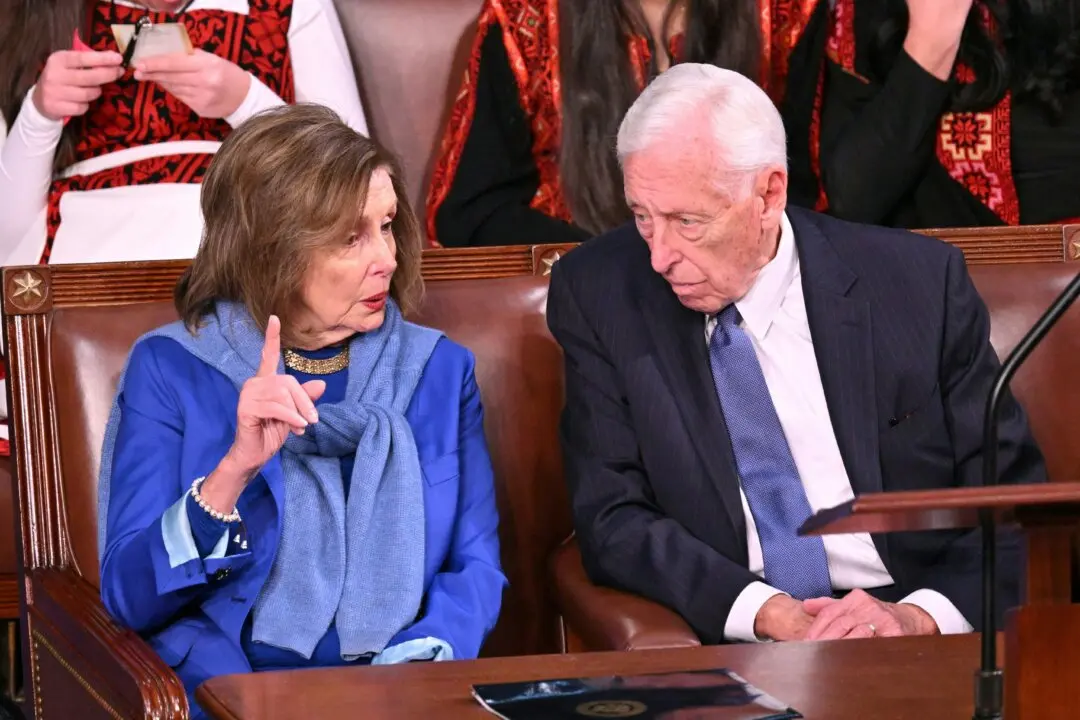A disaster relief bill overwhelmingly passed the House on May 21 through a mechanism that rarely succeeds.
The Federal Disaster Tax Relief Act of 2023 passed 382-7 through an expeditious process that requires a two-thirds majority. All no votes came from Republicans.





